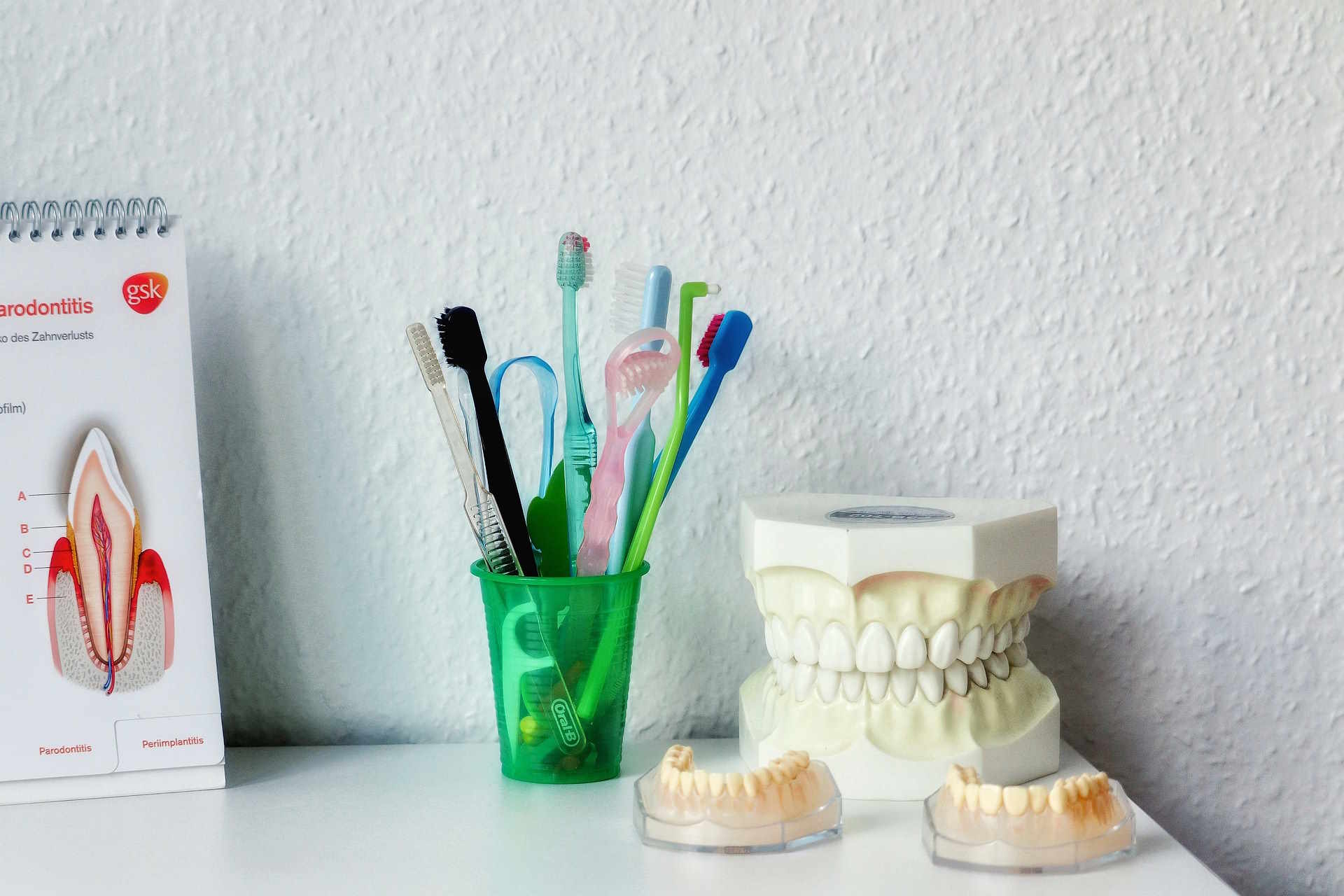Securing Affordable Dental Implants
A healthy, confident smile can be an inestimable asset. But for many individuals facing tooth loss, the goal of restoring their confident smile through dental implants can seem financially daunting or just plain out of reach. Dental implants are renowned for both their durability and natural appearance, but understanding their costs and how to find the most reasonable price is the challenge for many patients. Strong and good-looking implants sound good in theory, but how can one afford it? Let’s see if we can help you smile again—without breaking the bank.
Finding Affordable Dental Implants
Dental implants typically cost between $3,000 to $5,000 per tooth when considering the implant, abutment, and crown together. This significant investment leads many patients to search for more budget-friendly options. Several legitimate avenues exist for reducing these costs without sacrificing quality.
Dental schools often provide implant services at reduced rates, sometimes 30-50% lower than private practices. These procedures are performed by dental students under close supervision by experienced faculty members. While treatment may take longer due to the educational environment, the quality standards remain high.
Another option is to investigate dental savings plans, which can offer 15-60% discounts on implant procedures. Unlike insurance, these plans involve a yearly membership fee rather than monthly premiums, and they don’t have annual spending limits or waiting periods commonly found with traditional dental insurance.
What makes dental implants so pricey?
Understanding the factors behind dental implant costs helps explain their relatively high price point compared to other tooth replacement options. The comprehensive nature of implant treatment involves multiple components and specialized expertise.
The implant itself—typically made from biocompatible titanium—requires precision manufacturing. The crown attached to the implant must be custom-crafted to match surrounding teeth in shape, size, and color. Between these components sits the abutment, which connects the implant to the crown. Each element contributes to the overall cost.
Implant placement requires specialized training and expertise. Oral surgeons, periodontists, or dentists with additional implant training perform these procedures, and their education and experience factor into the fee structure. Additionally, the procedure often requires 3D imaging, computer-guided surgery planning, and sometimes bone grafting or sinus lifts to create adequate support for the implant. These supplementary procedures can add $1,500-$3,000 to the total cost.
Geographic location significantly impacts pricing as well, with urban centers and coastal areas typically charging more than rural locations due to higher operating costs and local market conditions.
Know the Difference: Implants v. Dentures
While both dental implants and dentures serve to replace missing teeth, they differ substantially in structure, functionality, longevity, and cost. Understanding these differences helps patients make appropriate choices based on their specific needs and financial situations.
Dental implants consist of titanium posts surgically placed into the jawbone, creating a permanent foundation for replacement teeth. This structure mimics natural tooth roots, stimulating bone preservation and providing superior stability. Dentures, meanwhile, rest on the gums and rely on adhesives or natural suction for stability, lacking the bone-preserving qualities of implants.
In terms of functionality, implants allow for 90-100% of natural chewing efficiency and don’t restrict food choices. They’re fixed in place, eliminating concerns about slippage during eating or speaking. Dentures typically provide only 30-50% of natural chewing efficiency and may shift during use, sometimes limiting dietary options or causing speaking difficulties.
The cost comparison between these options reveals significant differences:
| Option | Initial Cost | Lifespan | Long-term Value |
|---|---|---|---|
| Single Dental Implant | $3,000-$5,000 | 25+ years to lifetime | Higher initial investment but may never need replacement |
| Partial Denture | $700-$1,800 | 5-7 years | Requires regular replacement, relining, and adjustment |
| Full Dentures | $1,000-$3,000 per arch | 5-10 years | Lower upfront cost but higher cumulative expense over decades |
| Implant-Supported Dentures | $6,000-$30,000 per arch | 10-15 years for denture, lifetime for implants | Middle-ground solution combining stability with lower per-tooth cost |
Prices, rates, or cost estimates mentioned in this article are based on the latest available information but may change over time. Independent research is advised before making financial decisions.
When calculating long-term value, dental implants often emerge as the more economical choice despite their higher initial investment. Unlike dentures that require regular replacement and maintenance, implants can last decades or even a lifetime with proper care, potentially making them more cost-effective over time.
Financing Options for Dental Implants
Several payment pathways can make dental implants more accessible financially. Many dental practices offer in-house financing options, allowing patients to spread payments over 6-24 months, sometimes interest-free for qualified applicants. Third-party medical financing companies like CareCredit and Lending Club provide specialized healthcare credit lines with promotional interest rates and flexible repayment terms.
Health Savings Accounts (HSAs) and Flexible Spending Accounts (FSAs) allow patients to use pre-tax dollars for implant procedures, effectively reducing costs by 20-30% depending on tax bracket. Some patients also explore treatment at dental schools or participate in clinical trials where new implant technologies are being tested under strict supervision, often at significantly reduced rates.
For those willing to travel, dental tourism presents another option. Countries like Mexico, Costa Rica, and Thailand offer dental implants at 50-70% lower costs than U.S. prices. However, this approach requires careful research into provider credentials, aftercare arrangements, and potential complications from seeking treatment far from home.
Recap
Dental implants represent a significant investment in oral health, providing a permanent solution to tooth loss with benefits that extend beyond aesthetics to include preservation of jawbone structure and full restoration of chewing function. While their upfront costs exceed those of alternatives like dentures, their longevity and reduced maintenance requirements often make them more economical over time.
Patients seeking affordable implant options can explore dental schools, savings plans, financing arrangements, and carefully researched dental tourism. Whatever approach is chosen, prioritizing provider qualifications and treatment quality remains crucial for long-term success. By understanding the factors influencing costs and exploring available financial options, patients can make informed decisions that balance budgetary constraints with optimal dental health outcomes.
This article is for informational purposes only and should not be considered medical advice. Please consult a qualified healthcare professional for personalized guidance and treatment.





